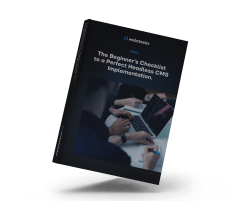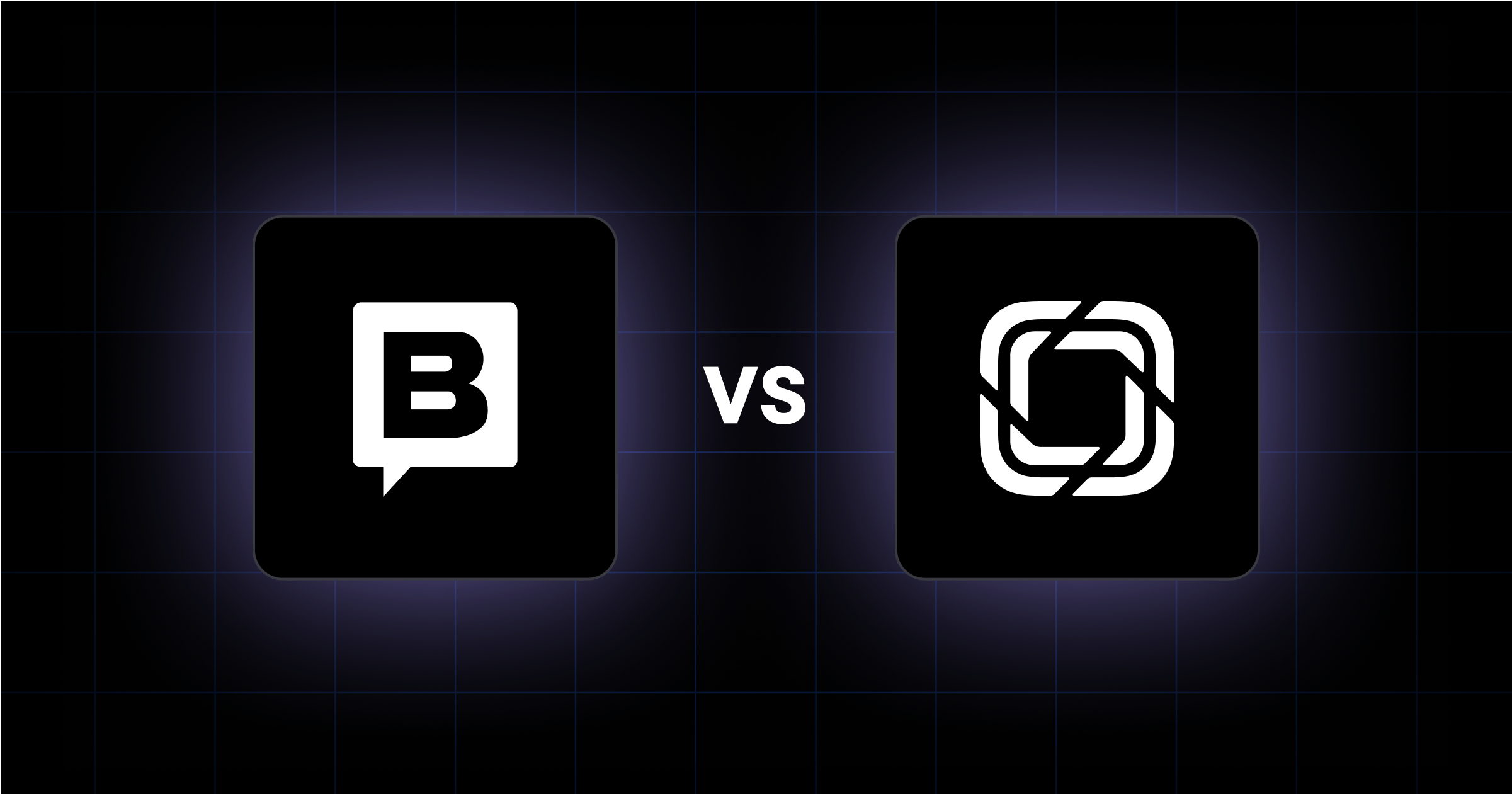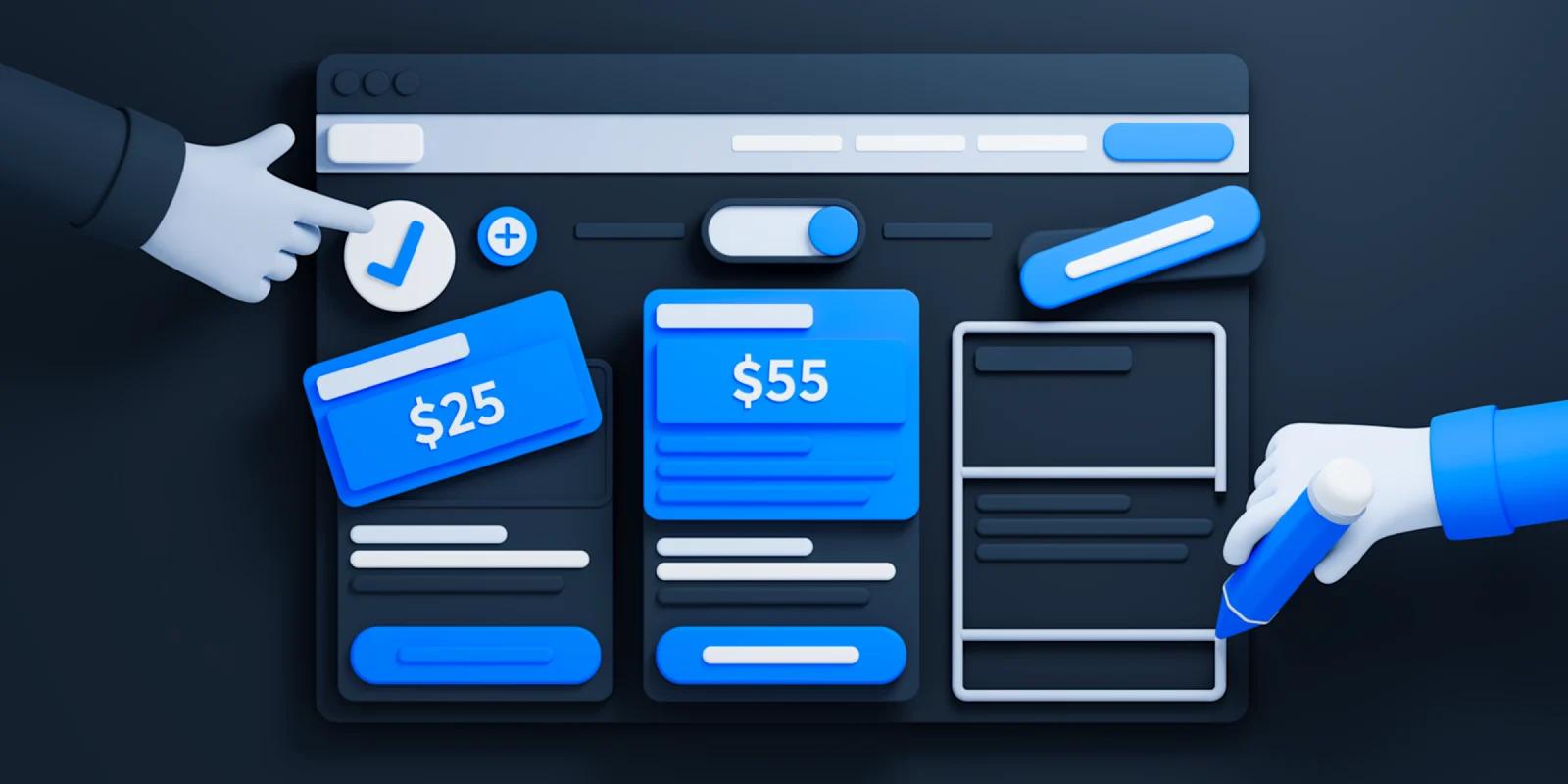From confusing navigation to slow load times, website design mistakes can silently sabotage your conversion rates and damage your brand's credibility. We'll explore the ten most critical design pitfalls that could be costing you customers—and more importantly, how to fix them.
In brief:

1. Poor Navigation and Site Structure
Confusing navigation is one of the fastest ways to frustrate users and kill conversions. According to research by Baymard Institute, unclear navigation structures are a primary reason users abandon websites and lose trust in brands. Understanding the nuances of UI vs UX design is crucial in crafting intuitive navigation that meets users' expectations.
How can you create effective navigation? Start with a clear menu hierarchy, and follow proven navigation menu tips that reflect how users think about your content. Place your main navigation menu where users expect to find it—typically at the top of the page. Use descriptive, straightforward labels that clearly communicate what users will find. For example, instead of "Solutions," use specific labels like "Enterprise Software" or "Small Business Tools."
For complex websites, implement breadcrumbs to help users track their location and easily move between sections. This is particularly important for mobile users, who need simplified navigation options that work well with touch interfaces and smaller screens.
Key principles to keep in mind:
Remember, users evaluate your navigation in seconds. If they can't quickly find what they're looking for, they'll likely leave and seek alternatives that offer a more intuitive experience.
2. Slow Loading Speed
Is your website taking too long to load? Slow loading speed isn't just an annoyance—it's a conversion killer. Research shows that pages loading in 2.4 seconds achieve a 1.9% conversion rate, while those taking 5.7+ seconds see conversions plummet to 0.6%. Studies indicate that even a one-second improvement in load time can increase conversions by up to 2%.
Unoptimized images, lack of CDN implementation, and excessive page elements are common issues. To achieve optimal load times, it's essential to optimize website performance by implementing these key solutions:
Your target should be a load time under 2 seconds—47% of users expect pages to load within this timeframe. Regularly monitor your performance using tools like Google PageSpeed Insights or GTmetrix to ensure you're meeting these benchmarks and maintaining optimal conversion rates.
3. Non-Responsive Design
In 2025, having a non-responsive website is a critical business mistake. With over 64% of all searches now conducted on mobile devices, failing to implement responsive design directly impacts your bottom line through lost conversions and decreased search visibility.
A responsive website automatically adapts to different screen sizes and devices, providing a consistent experience across platforms. When your site isn't responsive, mobile users struggle with tiny text, horizontal scrolling, and unusable navigation—leading to frustration and abandonment.
To implement proper responsive design, consider following a responsive design checklist to make sure all important aspects are covered:
Remember, Google prioritizes mobile-friendly websites in search results, making responsive design a priority for both user experience and SEO performance. Ignoring mobile optimization isn't just causing frustrated users—it's leading to missed opportunities and lost revenue in an increasingly mobile-first world.

4. Cluttered Website Layout
Is your website overwhelming visitors with too much information? A cluttered layout can increase bounce rates and diminish user engagement. When you cram too many elements onto your pages without proper spacing, you create visual noise that makes it difficult for users to focus on important content or take desired actions.
To create a clean, effective design:
An example of a cluttered layout is a homepage filled with multiple pop-ups, banner ads, and auto-playing videos, which distract from the main content and overwhelm visitors. Maintaining balance in your layout is key. Prioritize key content and remove unnecessary elements that don't serve your users' needs or support your conversion goals. Additionally, adhering to website accessibility best practices ensures that your site is inclusive and accessible to all users.
5. Unclear or Ineffective CTAs
Are your calls-to-action (CTAs) compelling users to take the next step? Poor CTA design can severely impact your conversion rates. CTAs are a crucial element of high-converting landing pages. To create effective CTAs, focus on three key elements: visual design, placement, and messaging.
Your CTAs must be visually distinct to grab attention. Make buttons stand out using contrasting colors, and make them look clickable with appropriate hover effects. The size should be large enough to be noticeable but not overwhelming—especially on mobile devices where they need to be tap-friendly.
Strategic placement is critical. Position your primary CTA prominently within the user's natural eye flow and journey through the page. For longer pages, consider repeating CTAs at logical intervals, particularly after you've established value propositions or addressed potential concerns.
Craft messaging that is action-oriented and compelling. Instead of generic text like "Submit" or "Click Here," use specific, persuasive language that clearly communicates the value proposition. This is an important aspect when you design a converting landing page. For B2B audiences, make sure the language aligns with their professional context and decision-making process. For example, a software company improved their sign-up rate by 200% after changing their CTA button from "Submit" to "Get Your Free Trial," demonstrating the power of clear and compelling messaging.
To optimize your CTAs:
6. Poor Typography and Readability
Is your content easy to read? Typography choices can make or break your website's effectiveness. Start by selecting no more than 2-3 complementary fonts to maintain visual consistency. For body text, use at least a 16px font size to enhance readability across devices.
Maximize legibility by maintaining high contrast between your text and background colors. Dark text on light backgrounds (or vice versa) works best, but avoid pure black on pure white as it can cause eye strain. Implement proper line spacing (1.5 to 2 times your font size) and use paragraph breaks to create digestible content blocks.
For optimal readability:
Good typography isn't just about aesthetics—it's about making your content accessible and easy to consume for all users.
7. Inconsistent Branding
Is your website sending mixed signals about your brand? Inconsistent branding creates confusion and erodes trust. Websites that use contrasting colors and varying font sizes can break the unity of the interface, making the brand appear unprofessional and disorganized.
To maintain consistent branding:
Remember, subtle elements significantly impact how users perceive your brand's professionalism and attention to detail.
8. Poor Quality Images and Media
Are your images enhancing or detracting from your website? High-quality images serve as the gateway to your content. Avoid generic stock photos that can make your site feel inauthentic. Instead, use relevant, high-resolution images that directly connect to your content and align with your brand colors. High-end brands often use professional, high-resolution images to showcase their products effectively, creating a strong visual impact that resonates with their audience.
To optimize your images without sacrificing quality:
Image optimization isn't just about file size—it's about creating a cohesive visual experience that enhances your content while promoting fast load times.
9. Neglecting SEO Basics
Is your website invisible to search engines? Website design isn't just about aesthetics—it's about creating a structure that search engines can effectively crawl and understand. Many designers focus on visual appeal while overlooking key SEO elements that impact search visibility. Implementing effective technical SEO strategies ensures your website is optimized for search engine crawling and indexing.
Your site should include properly structured H1 tags placed "above the fold" where they're immediately visible to both users and search engines. Avoid embedding important text within images, as search engines can't read this content—instead, use actual text overlays that can be indexed.
When implementing modern design features like infinite scroll, remember that search engines have limitations. Google can't crawl infinitely scrolling pages effectively, so consider implementing pagination or "Load More" buttons as alternatives. Structure your site with logical internal linking between important pages, and each page should contain robust, unique content rather than thin or duplicated material.
10. Lack of Analytics and Testing
Are you making informed decisions about your website design? Flying blind is a recipe for missed opportunities and stagnant performance. Leading fintech companies leverage extensive data analytics to continuously optimize their user experience—and you should too.
Implement comprehensive tracking through:
Companies that regularly use A/B testing have been shown to achieve higher conversion rates by continually refining their website elements based on user data. Combine quantitative data with qualitative feedback through user testing sessions. This two-pronged approach helps you understand not just what users are doing, but why they're doing it. Web design is an iterative process—use these insights to continuously refine your website's performance over time.
Our Take on 10 Critical Website Design Mistakes That Kill Conversions
As a leading web design agency, Webstacks recognizes that avoiding these common pitfalls isn't just about aesthetics—it's about driving measurable business results. We've seen firsthand how addressing issues like slow load times and non-responsive design can significantly boost conversion rates. Investing in user experience and data-driven optimization is no longer optional; it's a must in the current digital environment. At Webstacks, we prioritize creating websites that look great and perform exceptionally, so that your online presence effectively supports your growth objectives.

Conclusion
A well-designed website is a crucial business asset that directly impacts your bottom line. Take time to evaluate your website against these criteria, paying special attention to mobile responsiveness, load times, and user experience.
Ready to optimize your SaaS website structure for growth? See the Webstacks difference:_ Schedule a brief discovery call today_. Let us help you create a website that drives results.




